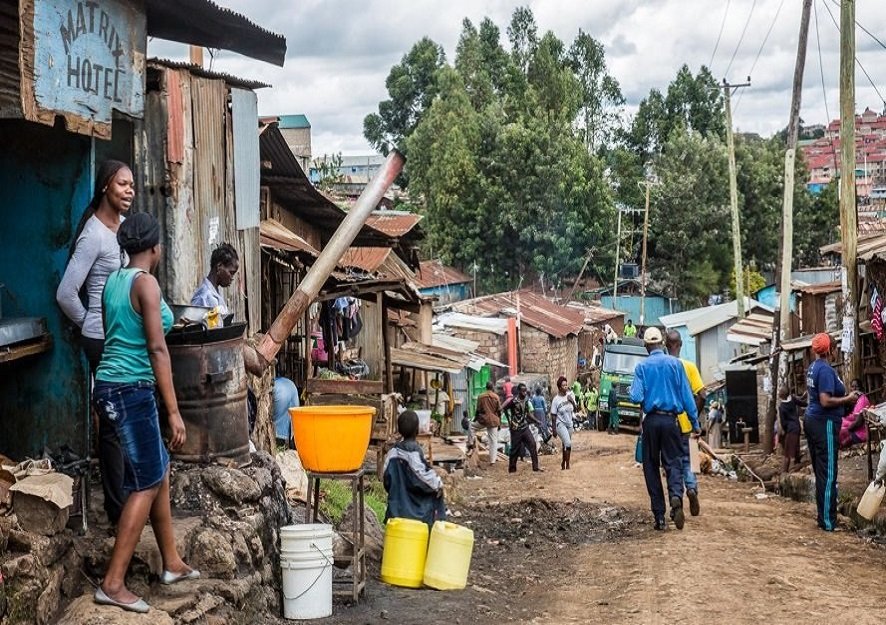In fact, inequality in the country has increased since the end of apartheid more than two decades ago and black South Africans are at the highest risk of poverty, a new report by the World Bank says.
The report, which was released just days before the death of Winnie Mandela, South Africa’s anti-apartheid activist who is fondly remembered as the mother of the nation, said that its poverty is the “enduring legacy of apartheid”.
Of the 149 countries which the World Bank analysed using the Gini Index, an economic tool which uses consumption and expenditure to measure inequality, South Africa is the most unequal.
According to a 2015 report by the University of South Africa, the top one percent of South Africans own 70.9 percent of the country’s wealth and the bottom 60 percent only holds just seven percent.
More than half of the population also currently lives below the national poverty line.
Although poverty reduced significantly in South Africa between the end of apartheid in 1994 and 2011, approximately 2.5 million more South Africans have fallen into poverty since 2011, the report found.
The World Bank explains that in South Africa, poverty has a “strong spatial dimension”, which demonstrates the “enduring legacy of apartheid”.
“The chronically poor group is almost exclusively made up of black and coloured South Africans. Poverty remains concentrated in previously disadvantaged areas, such as the former homelands,” it said.
The former head of the African Union Nkosazana Dlamini-Zuma says that inequality remains “stubbornly high” in the country. World Bank South African director Paul Noumba Um says although South Africa “has made significant progress in reducing poverty, the triple challenge of high poverty, high inequality, and high unemployment persists”.
South Africa’s neighbors, Namibia and Botswana, are the 2nd and 3rd most unequal countries in the world, respectively.










